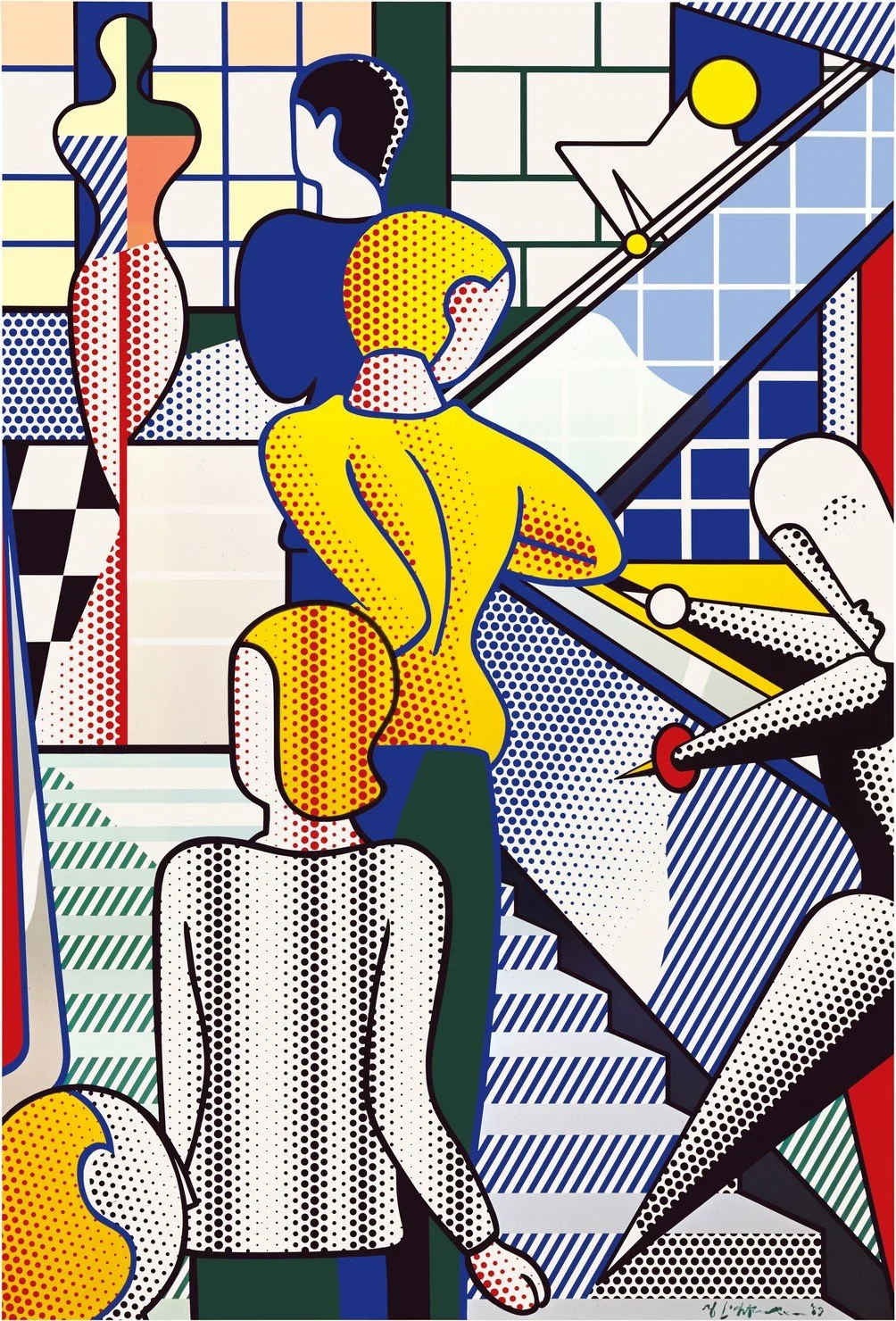Jenny Saville
“Ancestors”
Gagosian Gallery
New York, 522 West 21st Street
In her drawings and paintings, Saville transcends the boundaries of both classical figuration and modern abstraction in her depiction of the human form. Her work reveals a deep awareness, both intellectual and sensory, of how the body has been represented over time and across cultures—from antique and Hindu sculpture, to Renaissance drawing and painting, to the work of modern artists such as Henri Matisse, Willem de Kooning, and Pablo Picasso.
In this exhibition, Saville depicts the body from the perspective of classical sculpture. The immense canvases recall archetypes from religion and mythology, such as the pietà, the Fates, and the Greek figure of Danaë, who was impregnated by Zeus in a shower of golden rain. The story of Danaë is a popular subject in Renaissance painting, its ethereal cloud and startling sexuality serving as a representational challenge. Titian, master colorist of the Venetian School, famously depicted the scene in the mid-sixteenth century; in turn, Saville’s figures, even when recognizable from historical narrative, are at the same time unmistakably of the present moment, merging allusion with immediate sensation.
“’m trying to see if it’s possible to hold onto that moment of perception, or have several moments coexist... Like looking at a memory.
—Jenny Saville”
Saville has always been fascinated by the visceral palpability of the human body. In 1994 she spent time observing a plastic surgeon at work, in order to study the construction of human flesh, in much the same way as Renaissance artists did, in their study of bodies and cadavers, to produce anatomical drawings and écorchés. In Saville’s new paintings, the marks and traces of painting and drawing merge with their sculptural subjects, as well as with the living, changing, and perishable forms that figurative art depicts. Each of Saville’s brushstrokes contains both the mass and musculature of the body, and the expression of line and gesture. Their physical and metaphysical layering evokes age-old questions pertaining to the representation of human flesh: narrow marks allude to the shape of forms, and broader marks to their internal surfaces.
The paintings in “Ancestors” envelop the viewer’s field of vision. The energy of the bodies, their raw human qualities, are often confronting in their improvised, non finito appearance, as if the forms—often of floating or indeterminate gender, and always subject to change—are emerging from an inchoate mass before our eyes. In painting the human body, Saville reflects the mutability of human behavior itself.






